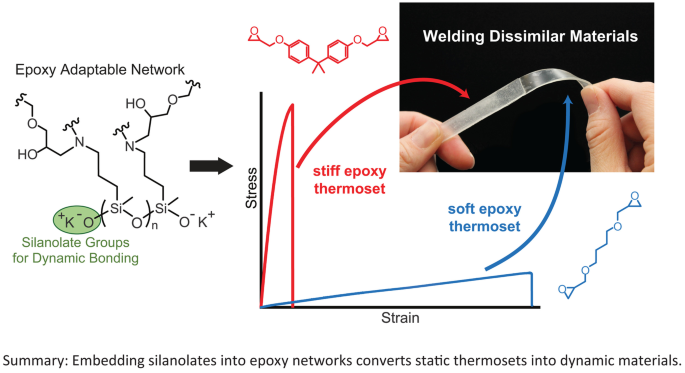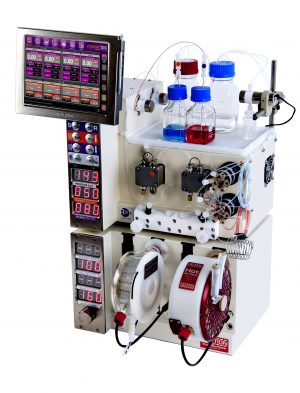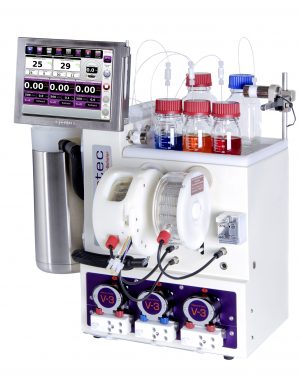Self-healing and polymer welding of soft and stiff epoxy thermosets via silanolates
- Amelia A. Putnam-Neeba
- Jordan M. Kaisera,b
- Amber M. Hubbarda
- Dayton P. Streeta
- Matthew B. Dickersona
- Dhriti Nepala
- Luke A. Baldwina
- aAir Force Research Laboratory, Wright Patterson Air Force Base, Dayton, OH, 45433, USA
- bUES, Inc, Dayton, OH, 45432, USA
 Read the publication that featured this abstract
Read the publication that featured this abstractIncorporating dynamic bonds into polymers enables static thermosets to be transformed into active materials, possessing the reprocessability of thermoplastics while maintaining the bulk properties of fully crosslinked networks. This new class of materials, termed covalent adaptable networks (CANs), has helped bridge the gap between traditional thermosets and thermoplastics. Here, epoxy-based adaptable networks were synthesized by combining a diepoxide monomer with an oligosiloxane prepolymer containing aminopropyl groups, which crosslink irreversibly, and silanolate end-groups, which participate in dynamic bonding. Two separate diepoxide crosslinkers were used to give a range of soft to stiff materials with a Young’s modulus varying from 12 MPa to 2.2 GPa. This study documents how the thermal and mechanical properties (e.g., glass transition temperature and modulus) are affected by compositional changes in these silanolate networks. Dynamic bonding also results in self-healing properties, offering the ability to repair structural polymers and composites. When combined with tunable mechanical properties, self-healing capabilities make these materials well-suited to be sustainable alternatives for many traditional thermosets. For example, we demonstrated the ability to weld a stiff epoxy thermoset to a dissimilar soft material, a feature traditional epoxies do not permit.
Get in touch
For more information on flow chemistry systems and services please use the contact methods below.
Call us on +44 (0)1284 728659 or Email us
Resource Centre
R-Series

The Vapourtec R-Series is, quite simply, unrivalled for flow chemistry
- Flexible |
- Precise |
- Automatable
The R-Series is undoubtedly the most versatile, modular flow chemistry system available today.
E-Series

The Vapourtec E-Series is the perfect introductory system for flow chemistry
- Robust |
- Easy to use |
- Affordable
The E-Series is a robust and affordable, entry level flow chemistry system designed for reliability and ease of use.
